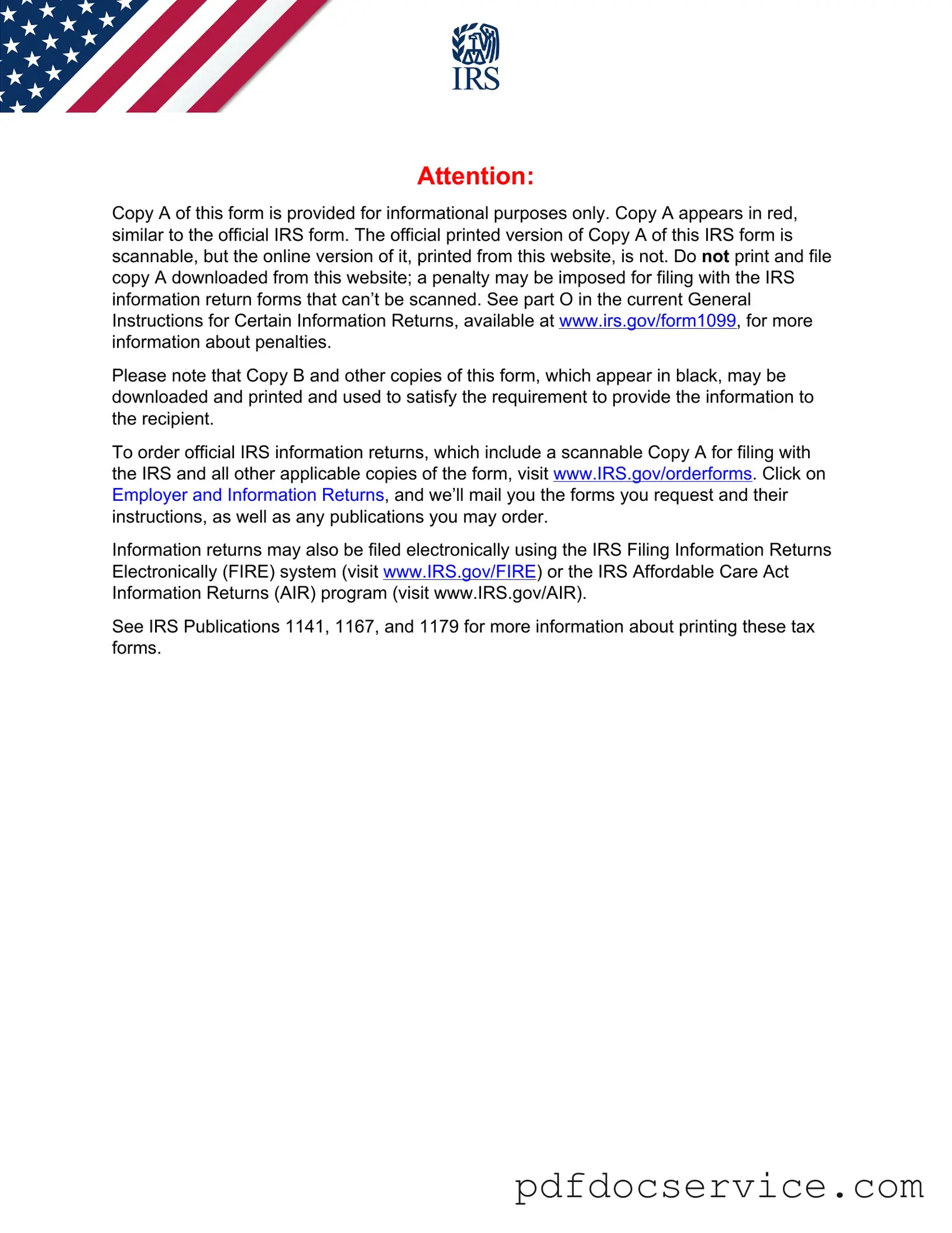The 1099-NEC form is used to report nonemployee compensation. If you are a business that paid an independent contractor or freelancer $600 or more during the tax year, you must file this form with the IRS. It replaces the 1099-MISC for reporting nonemployee compensation starting from the 2020 tax year.
Who needs to file a 1099-NEC?
If you paid someone who is not your employee—like a freelancer, contractor, or vendor—$600 or more in a year for services, you need to file a 1099-NEC. This includes payments for services performed in the course of your trade or business. However, you do not need to file if the payment was made to a corporation, except in specific cases.
You can download and print copies of the 1099-NEC form for recipients from the IRS website. However, do not print Copy A from the website for filing with the IRS, as it is not scannable and could result in penalties. Instead, order official printed forms directly from the IRS by visiting their order forms page.
When is the 1099-NEC due?
The 1099-NEC form must be filed with the IRS by January 31 of the year following the tax year in which the payments were made. This is also the deadline for providing copies to the recipients. Make sure to meet this deadline to avoid potential penalties.
What should I do if I receive a 1099-NEC?
If you receive a 1099-NEC, it means you earned nonemployee compensation. You should report this income on your tax return. If you believe the information is incorrect, contact the payer to resolve the issue. If you cannot reach an agreement, you can still report the income as you believe it should be reported.
What happens if I fail to file a 1099-NEC?
Failing to file a 1099-NEC when required can lead to penalties from the IRS. The penalties vary based on how late the form is filed, and they can accumulate quickly. To avoid these penalties, ensure you file on time and provide accurate information.
Can I file the 1099-NEC electronically?
Yes, you can file the 1099-NEC electronically using the IRS Filing Information Returns Electronically (FIRE) system. This is often a more efficient way to file, especially if you have multiple forms to submit. Make sure to follow the specific guidelines for electronic filing to ensure compliance.
